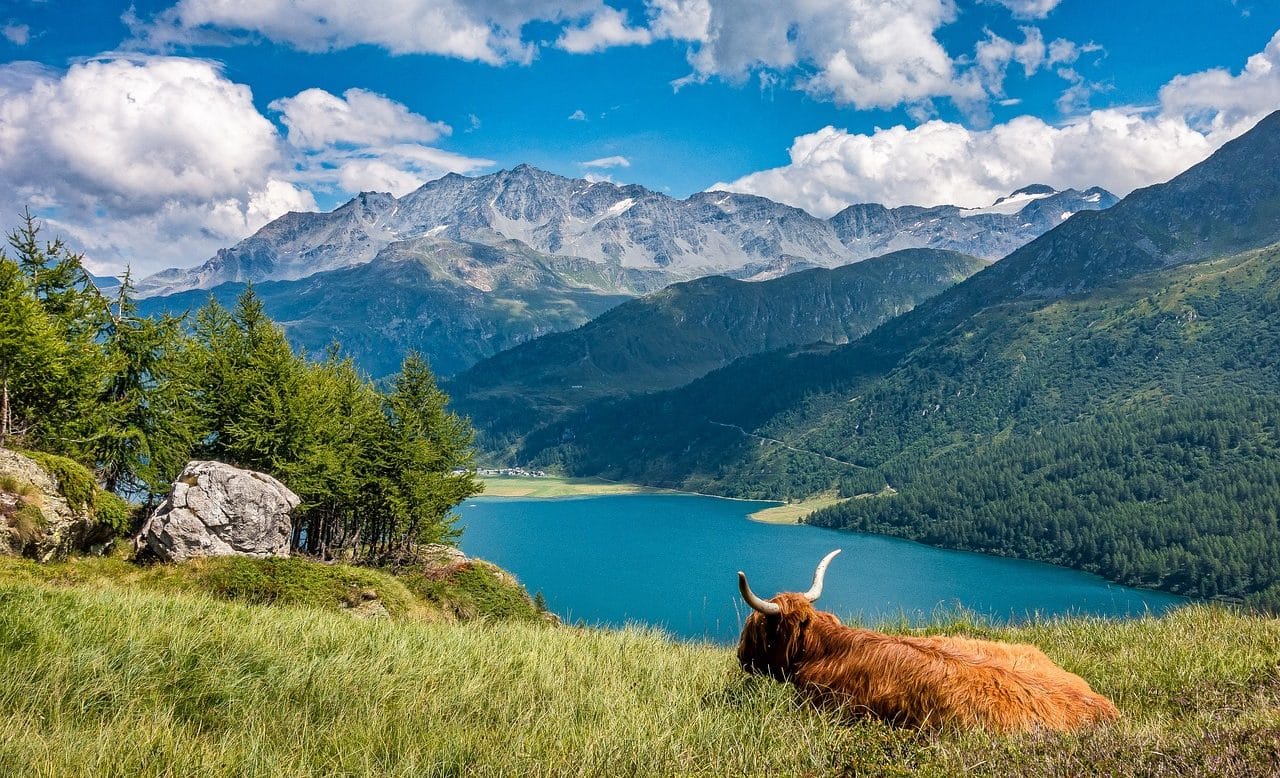
A landscape with a singular image can be described as picturesque.
Picturesque is an adjective that describes the peculiar image of a landscape, a scene or a custom . The term refers to the plastic qualities of that which, due to its characteristics, could constitute a good motif for a painting.
For example: “La Boca is a picturesque neighborhood, with multicolored houses and a very particular atmosphere” , “I was amazed by the picturesque landscapes of the Alps” , “I don't think it is picturesque, but rather boring and unattractive” .
Determining the etymological origin of this word at hand leads us to Latin. And it comes from the verb pingere , which can be translated as “make marks.”
Picturesque concept
As an aesthetic category, the development of the notion of picturesque emerged in the 18th century in the United Kingdom , from the romantic movement. The notion comes from the Italian pittoresco , which can be translated as “similar to painting.” The picturesque, therefore, began to be associated with the property of that which, due to its beauty or uniqueness, was worthy of being painted and represented through art .
It can be understood that the picturesque is a kind of visual stimulus that conveys a feeling of uniqueness. When observing something that is considered picturesque, a person may estimate that what was seen would deserve to be reproduced in an artistic work.

The idea of picturesque appears in art.
His presence in art
The Italian architect, writer and painter Giorgio Vasari ( 1511 – 1574 ), known for paintings such as “Christ Led to the Tomb” or the frescoes in the Hall of the Five Hundred of the Palazzo Vecchio in Florence , was the first to use the term picturesque. Specifically, it was in a written work from 1550 where he reviewed some of the most important Italian artists of that time.
In this work, entitled “The lives of the most excellent Italian architects, painters and sculptors” , he resorts to the use of picturesque to refer to any object that has the capacity to create and produce new effects within the field of painting.
Likewise, we must not overlook that the English writer Joseph Addison ( 1672 – 1719 ) established in his book “The Pleasures of the Imagination” that there were three fundamental aesthetic qualities: sublimity, the picturesque and beauty.
There are many works that throughout history, in one way or another, followed this painterly artistic trend. However, among the most significant are the following:
- “Fog and snow in the mountains, seen through a Gothic ruin” ( 1826 ) by Louis Jacques Mandé Daguerre .
- The Royal Pavilion of Brighton ( 1815 – 1823 ) by John Nash .
- The English Garden in Munich , by Friedrich Ludwig Sckell .
Other uses of the term picturesque
Nowadays, however, the notion of picturesque has spread. It is possible to find a meaning of the adjective with negative connotations, since the picturesque can be linked to the shocking or bizarre .
“The man showed up in a picturesque suit that combined several bright colors.”, “My uncle is a somewhat colorful character, who expresses himself in a very particular way”y “The picturesque scene ended with the woman lying on the floor, while the child laughed and the animal tried to take the package from her.” son expresiones que muestran este uso.
